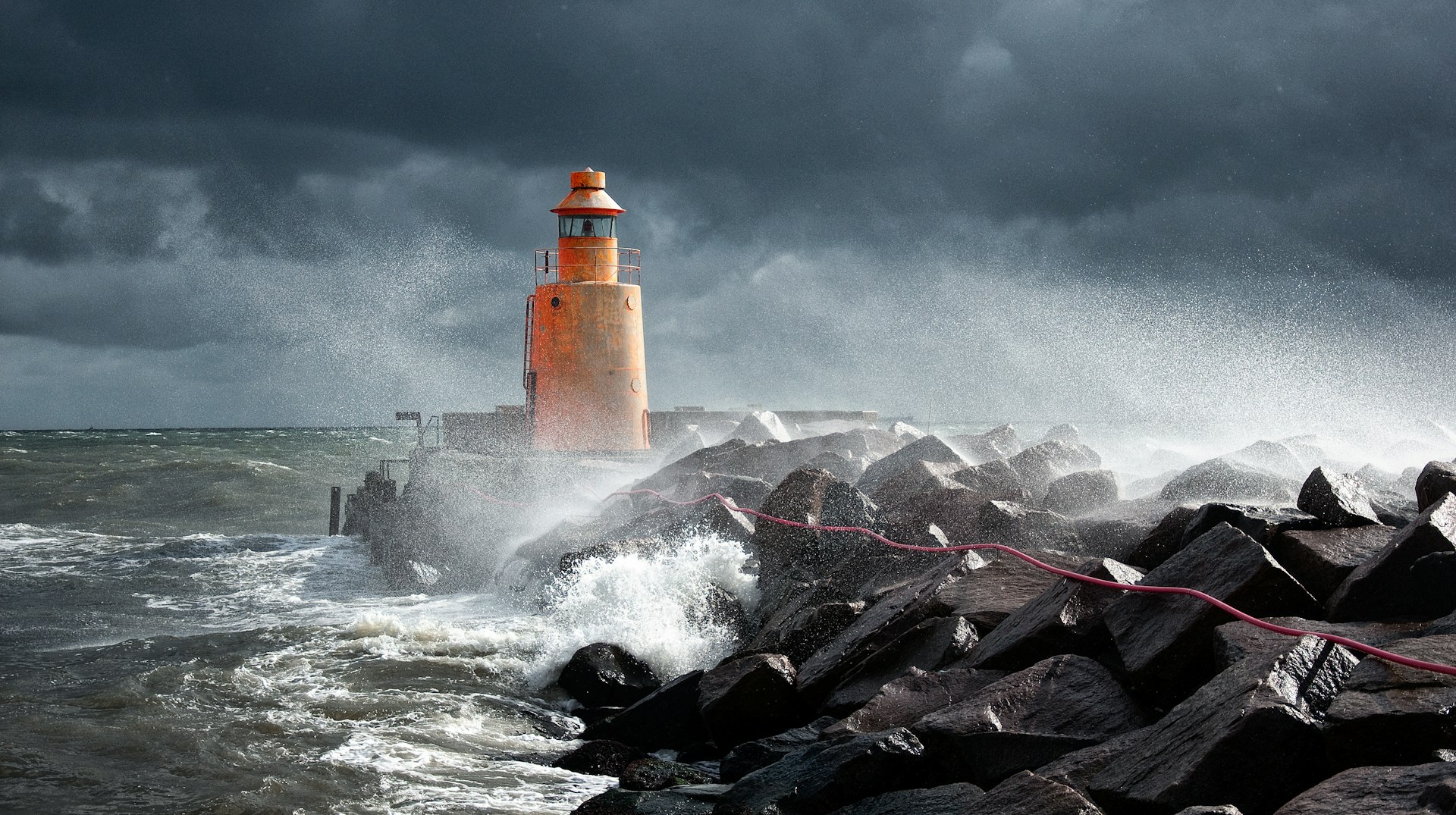
The grim consequences of global warming are making their presence felt globally, with the coldest regions often bearing witness to the dramatic collapse of vast ice blocks and arid areas grappling with severe droughts and water scarcity. However, one of the most stealthy yet rapid increases in sea level on the planet is currently unfolding along the southern coast of the United States.
Communities across eight states are facing significant threats. Cities like Miami, Houston, and New Orleans are at a greater risk from rising sea levels than previously feared by scientists. Satellite data analysis reveals that the Gulf of Mexico has seen a rise in sea levels at twice the global average rate since 2010. Few other places on Earth have experienced similar rates of increase.
More than a dozen tide gauges have recorded sea levels at least 15 centimeters higher than they were 14 years ago, stretching from Texas to North Carolina. “Since 2010, these records have been abnormally high and unprecedented,” stated Jianjun Yin, a climate scientist at the University of Arizona.
Scientists are working to pinpoint the exact causes of this rise and have documented a slew of impacts that will affect an even broader swath of U.S. coastal communities in the coming decades. There has been a “dramatic increase” in sea levels along the southern coast since 2010. This “surge,” more than double the global average of 0.44 cm per year, is fueling increasingly powerful cyclones.
Escalating Sea Level Crisis
A study from the University of Arizona, published in the Journal of Climate, offers an alarming projection of the escalating climate emergency in areas home to millions. NASA’s projections indicate a rise in sea levels of up to 30 cm by mid-century, with even more dire forecasts for the longer term. The region from Texas to Florida and the southern Atlantic coast will see the most significant changes.
“The entire southern coast of the U.S. and the Gulf Coast are feeling the impact of the accelerated rise in sea level. It turns out that the water level associated with Hurricane Ian was the highest ever recorded due to the combined effect of sea level rise and storm surge,” explained Jianjun Yin.
The threat of rising sea levels looms large over numerous densely populated centers located on or near the coast. Miami and Miami Beach frequently experience flooding during high tides and are considered ground zero for the climate emergency, having experienced over 40% of all hurricanes in the United States. Property insurance rates in Florida have skyrocketed in recent years.
The two most costly hurricanes in U.S. history, Katrina in 2005 and Harvey in 2017, wreaked havoc on New Orleans, Louisiana, and Houston, Texas, respectively.
Devastating Hurricanes
Earlier this month, The Guardian published an excerpt from the book “Charleston: Race, Water, and the Coming Storm,” highlighting how this South Carolina city faces a “perfect storm” of rising sea levels. According to many observers, Charleston is living on borrowed time. “Unless there is a substantial shift in attitude, what’s happening in Charleston is likely to occur in many other coastal cities around the world,” wrote author Susan Crawford.
